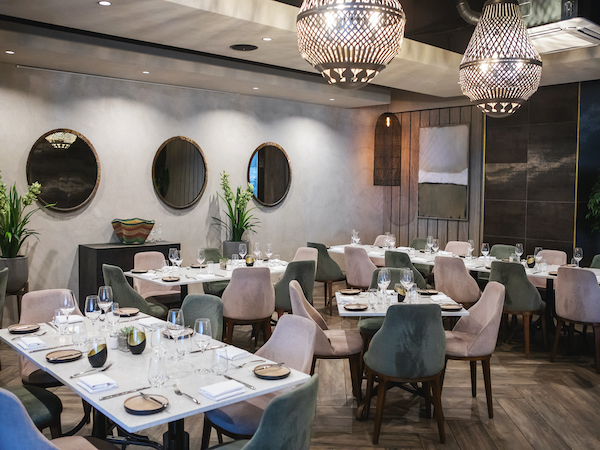News
Night market mania in Sri Lanka
Thursday, February 9th, 2012
A tropical island beach at dusk conjures up postcard clichés of romance, of soft breezes and shimmering oceans, of silhouetted palm trees, phosphorescence and the gentle relaxing rhythm of beckoning waves.
You can scratch that if you’ve found yourself in Colombo, Sri Lanka, at the Galle Face Green Night Market. Replace the vision of tranquillity you’ve created with strings of incandescent lights hanging precariously from wires, food and drink stalls abounding down the waterfront, and hoards of shouting kiddies running and screaming, flying kites and playing with flashing ‘made in china’ neon toys. Now add groups of friendly faces viewing all the goods on offer, orders shouted from stall owners and patrons, and that hot sticky feeling of an urban tropical city at night.
At the recommendation of our friend Arjuna, we had wandered down the road from our fancy hotel (complete with fine dining restaurant options and in-house spa) and into the night time madness that was the Galle Face Green.
We started off by perusing the string of stalls. The first thing that grabbed my appetite’s attention was the simple yet so yummy boiled and salted chickpeas served with a slice of lime and a whole chilli. With this little tasty snack in hand, we set off to continue exploring.
We discovered fresh crisps, hot popcorn, mielies on the cob, rolled up triangle rotis filled with potato and fish – all great options to kick off your meal.
Seafood was the main contender on offer in the form of crabs, prawns and fish. You name it, it was there – often served up on a skewer or on a ‘wade’. A wade is not a full meal, but known as a ‘short eat’ made from ground lentils combined with water, chilli and spices and formed into a ball. In this case, a few shrimp are pushed onto it just before it is deep-fried into crispy deliciousness.
If that’s not up your gourmet alley, you could give the ever-present roti a whirl. Sri Lankans are the roti’s biggest fans, and you’ll find these pancake-like wraps available in numerous forms throughout the day. You can choose between egg, plain, vegetable, chicken, fried or rolled rotis, or the legendary kottu.
Kottu is made from the leftover rotis of the day and, as a result, is only really served in the evenings. It is heated on an iron sheet before being methodically chopped between two bluntish metal blades – a sound so familiar in any roadside restaurant in Sri Lanka. The chopped roti is then served with beef, chicken or egg with the option of a spicy gravy to top it all off. By far, this was the most entertaining stall at which to pass some time. The skill of the kottu choppers was something to behold, and the rhythmic chopping almost hypnotic.
Being some of the only tourists at the market, we were shown a lot of enthusiasm from stall owners to secure our order. In the end, we opted for some prawns on a skewer served with hot sauce and a chicken kottu. It would be a crime to leave Sri Lanka without having sampled this popular dish.
Plastic tables were cleared and – much to my embarrassment – local families pushed from their seats to give them to ‘the tourists’. No amount of polite rejection made any difference and so we meekly awaited our fare, watching the coming and goings of the passing trade.
Not having much of a sweet tooth, we chose to finish off our meal with a refreshingly clean flavour of mango served with chilli and salt. If that’s not your thing, there’s plenty of cake about to tickle your sugary desires.
Arriving at this market, I was initially taken aback and somewhat overwhelmed by what seemed to be chaos. But, as with any experience in a new country, once you take the time to understand the madness you see a sense of structure beneath it all. And the food was good. And if the food is good, I’m sold.
As we returned to our plush carpeted, air-conditioned hotel, showered and slipped into bed, it was the sound of the kottu chopping that still rung in my ears and lulled me to sleep.
By Clare Louise Thomas
Photographs: Dhammika Heenpella and Wilson Loo








